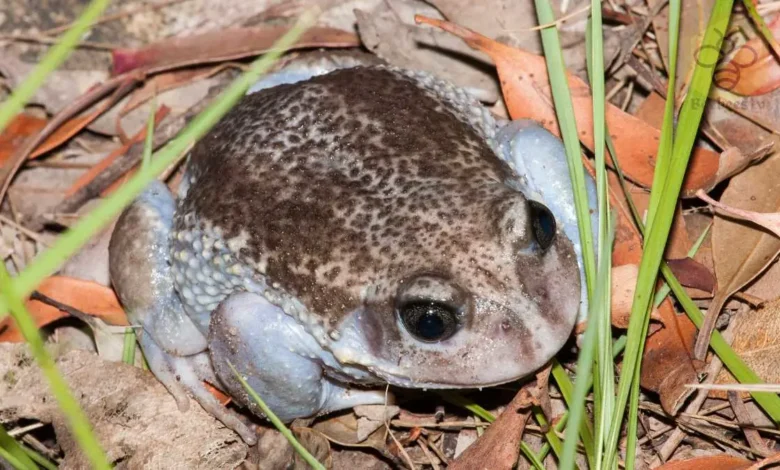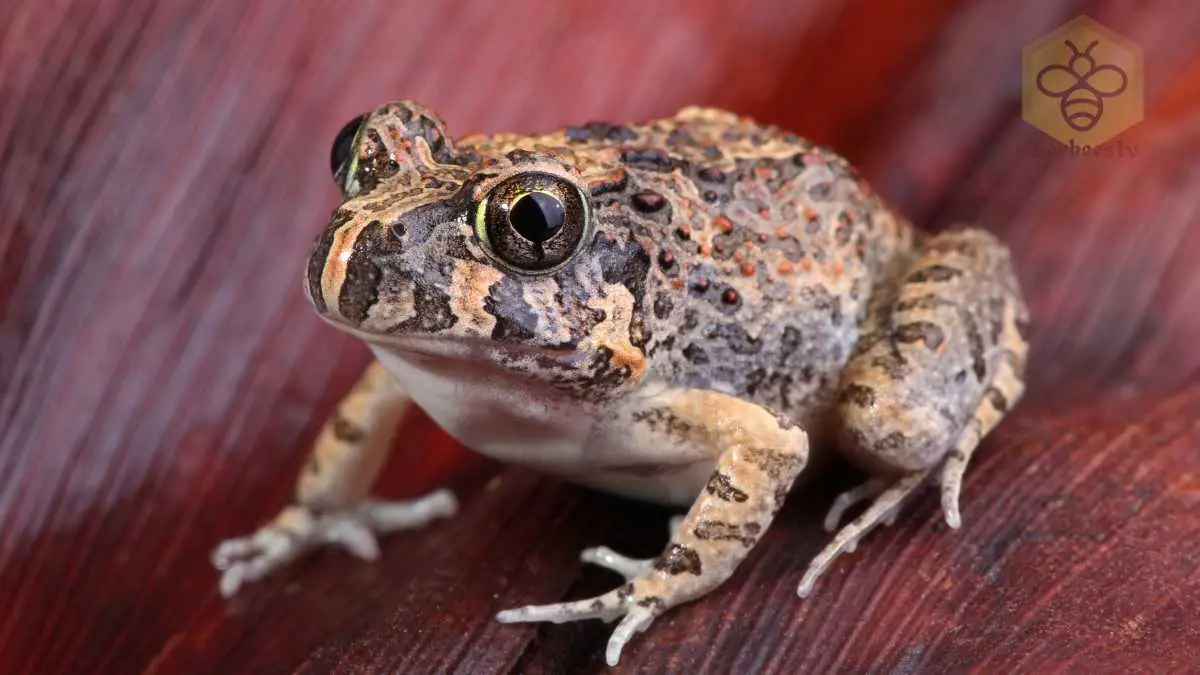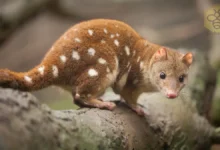Burrowing Frog: A Hidden Treasure of the Desert

Burrowing Frog: The Underground Amphibian
Burrowing Frog
Introduction
The Burrowing Frog is a fascinating amphibian known for its ability to dig and live underground. Unlike many frog species that rely on water bodies for survival, Burrowing Frogs escape harsh weather conditions by burrowing into the soil. These frogs are found in various parts of the world, from Australia to Africa and Asia. Their ability to survive in extreme conditions makes them one of nature’s most resilient amphibians.
Scientific Overview
Scientific Name
The term “Burrowing Frog” refers to multiple species across different genera, including Cyclorana, Heleioporus, Scaphiopus, and Pyxicephalus.
Common Name
Burrowing Frog
Scientific Classification
| Kingdom | Animalia |
| Phylum | Chordata |
| Class | Amphibia |
| Order | Anura |
| Family | Varies by species (e.g., Limnodynastidae, Pelobatidae, or Microhylidae) |
| Genus | Varies (e.g., Cyclorana, Heleioporus, Scaphiopus) |
| Species | Multiple species fall under the common name Burrowing Frog. |
Types
Several species of Burrowing Frogs exist across different regions, including:
- Eastern Banjo Frog (Limnodynastes dumerilii) – Found in Australia, known for its “bonk” call.
- Plains Spadefoot Toad (Spea bombifrons) – A North American species that burrows using hardened feet.
- African Bullfrog (Pyxicephalus adspersus) – A large, aggressive burrowing frog found in Africa.
- Water-holding Frog (Cyclorana platycephala) – An Australian species that can survive long droughts by storing water in its body.
Habitat and Distribution
Burrowing Frogs are found in a wide range of environments, including:
- Australia – Arid and semi-arid regions where they burrow to escape drought.
- North America – Grasslands and deserts, where they dig deep burrows to avoid extreme heat.
- Africa – Wetlands and savannas, where they emerge during the rainy season.
- Asia – Tropical and subtropical regions with seasonal rainfall.
They prefer sandy or loose soil, which allows them to dig efficiently. Some species remain underground for months or even years until conditions are suitable for emergence.
Physical Characteristics
Size and Weight
Burrowing Frogs vary in size depending on the species:
- Length: 2 to 6 inches (5 to 15 cm)
- Weight: 20 to 400 grams (0.7 oz to 14 oz)
Appearance
- Stocky body – Helps with burrowing and retaining moisture.
- Short limbs – Well-adapted for digging.
- Tough, leathery skin – Reduces water loss.
- Spade-like feet – Used for digging tunnels in the soil.
- Camouflage coloring – Shades of brown, green, or gray help them blend into their environment.
Diet and Feeding Habits
Burrowing Frogs are carnivorous and feed on various prey, including:
- Insects (ants, beetles, crickets)
- Worms
- Small vertebrates (lizards, mice for larger species)
- Other amphibians (some species are cannibalistic)
They typically hunt at night and rely on their long, sticky tongues to capture prey.
Predators and Threats
Despite their burrowing lifestyle, Burrowing Frogs have several natural predators, including:
- Birds of prey – Hawks and owls hunt them when they emerge.
- Snakes – Some snake species specialize in eating frogs.
- Mammals – Raccoons, foxes, and other small carnivores prey on them.
- Larger frogs – Some bigger frog species will eat smaller Burrowing Frogs.
Threats from human activities include:
- Habitat destruction – Urban expansion and agriculture reduce suitable burrowing areas.
- Climate change – Altered rainfall patterns affect their breeding cycles.
- Pollution – Pesticides and chemicals can poison them.

Reproduction, Babies, and Lifespan
- Breeding season: Usually after heavy rains, when conditions are ideal.
- Egg-laying: Females lay hundreds to thousands of eggs in temporary water bodies.
- Tadpole stage: This lasts from a few weeks to several months, depending on the species.
- Metamorphosis: Tadpoles develop into frogs, at which point they begin burrowing.
- Lifespan: 5 to 15 years, depending on species and environmental conditions.
Population and Conservation Status
Many Burrowing Frog species are stable, but some are threatened due to habitat loss and climate change. Conservation efforts include:
- Protecting wetland habitats
- Reducing pesticide use
- Monitoring populations in vulnerable areas
Behavior and Lifestyle
- Burrowing – They dig underground burrows to avoid heat and drought.
- Aestivation – Some species enter a dormant state during dry seasons, emerging only when rains return.
- Nocturnal activity – Most Burrowing Frogs are active at night to avoid predators and dehydration.
- Loud calls – Males produce deep, resonant calls to attract females during the breeding season.
Ecological Role
They play a vital role in their ecosystems by:
- Controlling insect populations – They help keep pest numbers in check.
- Aerating soil – Their burrowing improves soil structure and water retention.
- Serving as prey – They are an important food source for many predators.
FAQs About Burrowing Frogs
1. How deep do Burrowing Frogs dig?
Some species can dig burrows over 3 feet (1 meter) deep, depending on soil conditions.
2. Do they need water to survive?
Yes, but they can survive long periods without it by retaining moisture in their bodies or forming a protective cocoon.
3. What happens to Burrowing Frogs during droughts?
They enter a state called aestivation, slowing their metabolism until conditions improve.
4. Are Burrowing Frogs poisonous?
Most are harmless, but some species secrete mild toxins as a defense against predators.
5. Can they be kept as pets?
Some species, like the African Bullfrog, are kept in captivity, but they require specialized care and large enclosures.
Conclusion
The Burrowing Frog is a remarkable amphibian with unique survival adaptations. From their underground lifestyle to their ability to survive extreme conditions, these frogs showcase nature’s incredible resilience. However, habitat destruction and climate change pose significant threats to some species. By understanding and protecting these amazing creatures, we can help ensure their survival for generations to come.


